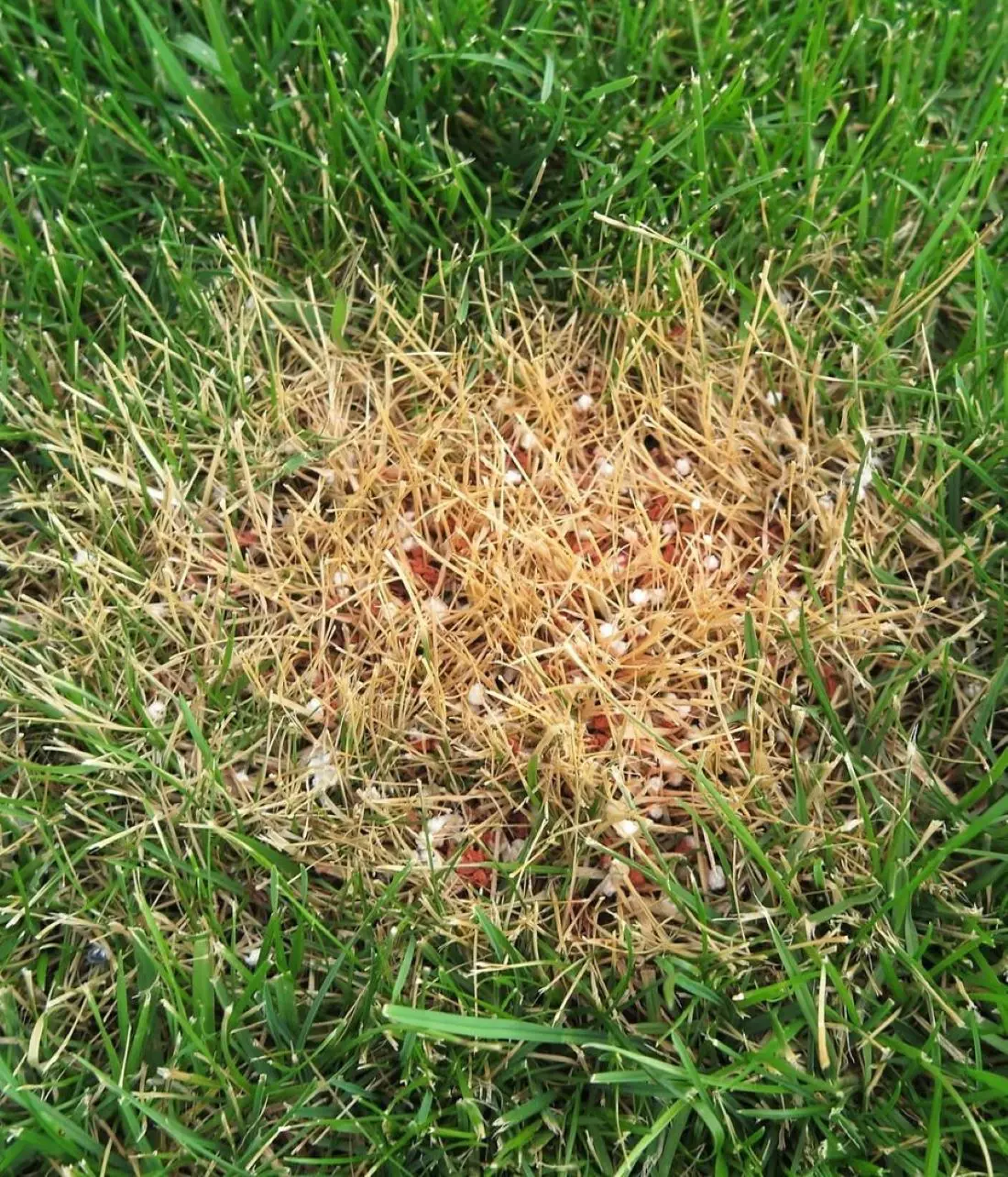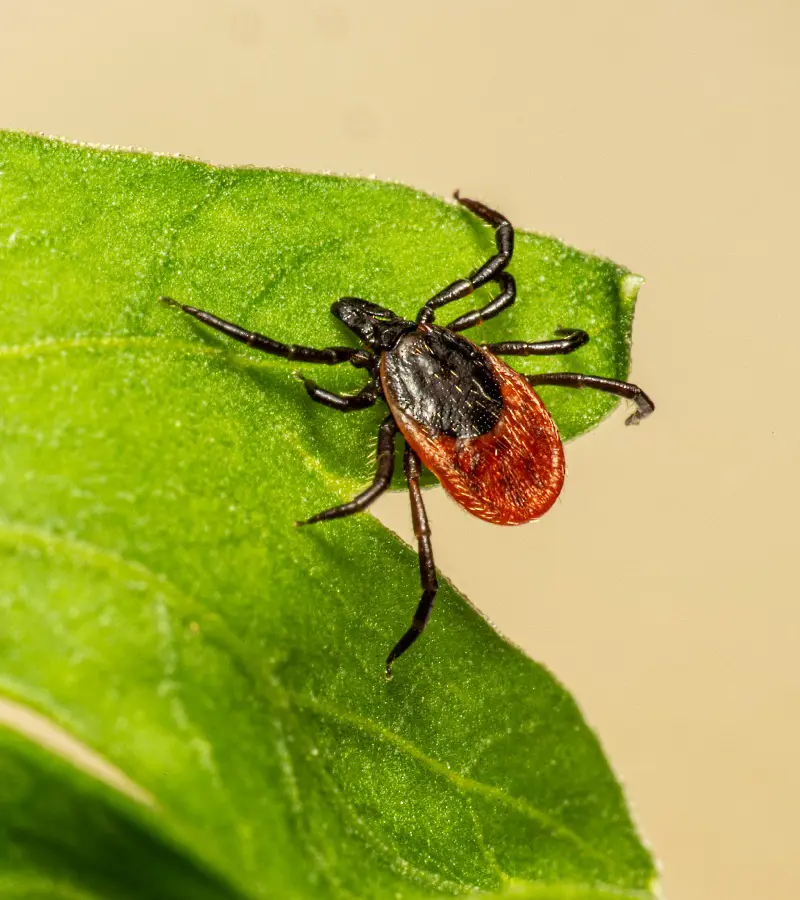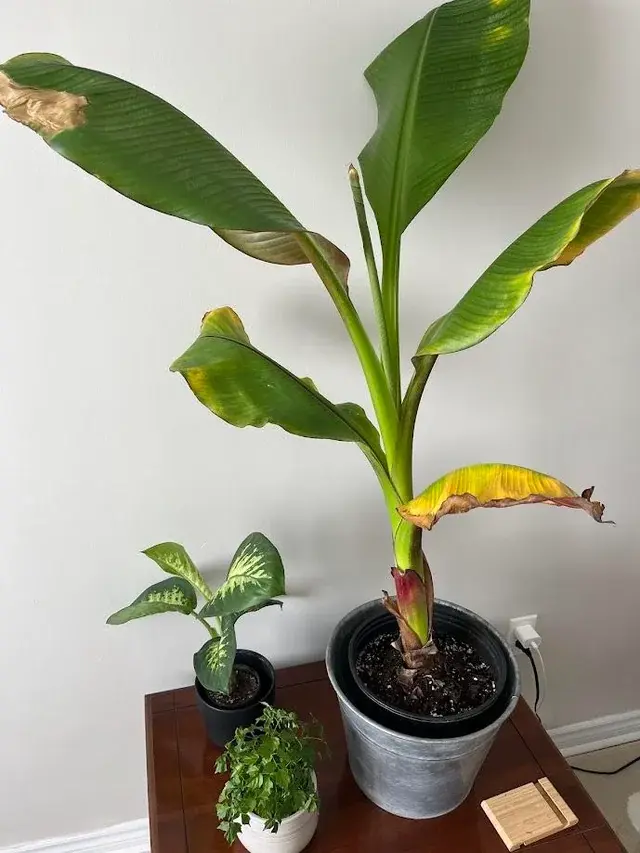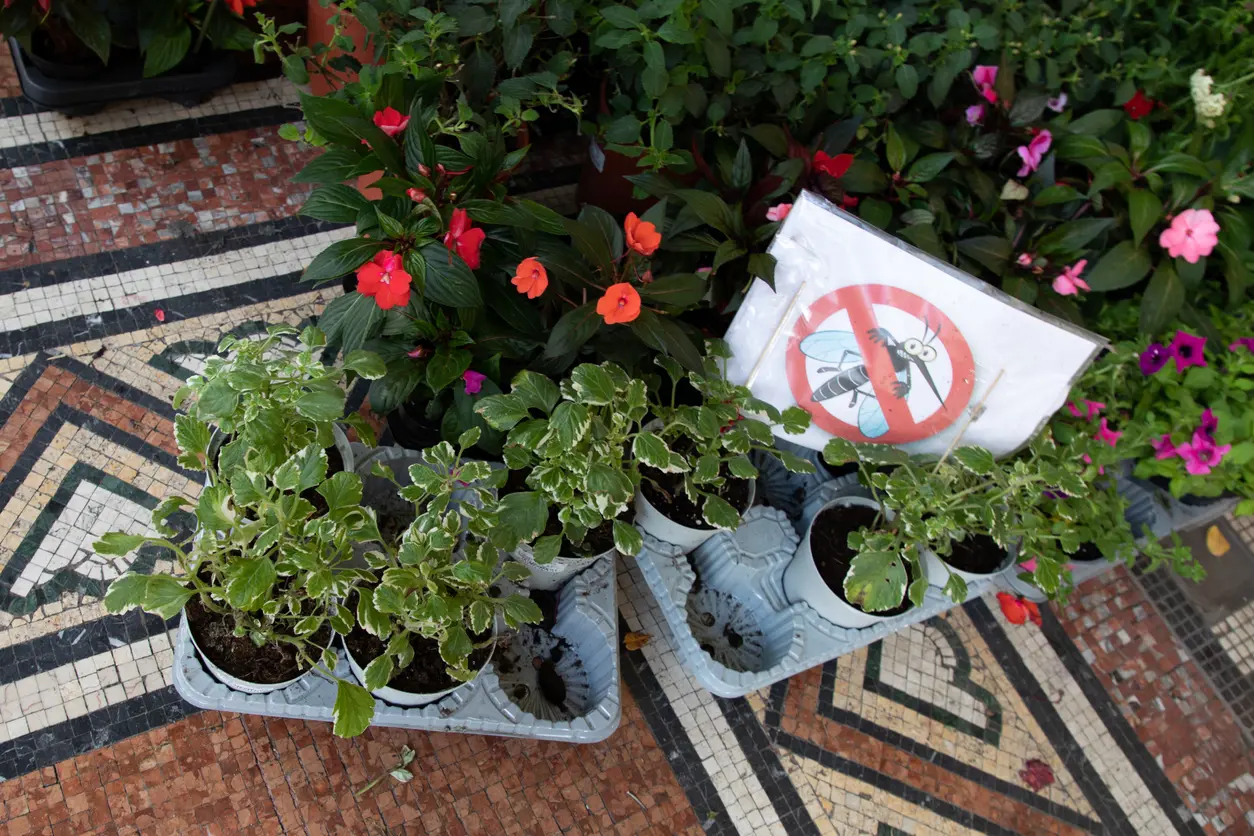How To Get Rid Of Millipedes In The House

Millipedes are also found in homes and are mostly active at night, which makes them crawl into dark areas especially those with moisture. These many-legged arthropods prefer areas of high humidity and organic matter.
The best approach to dealing with them includes comprehending their patterns, eradicating their preferred environment, as well as the usage of pre-emptive and aggressive tactics. Here are different ways on how to get rid of millipedes from your home.
1. Seal Entry Points
Check all the visible parts of the house and outdoor area for cracks, gaps, or gaps in the walls, foundation, window frames, and doors. These openings should be sealed with caulk or weather stripping.
Use a door sweep on exterior doors to block the underneath space. Also, inspect the window screens for rips or tears and repair or replace them if required. By blocking these points effectively, you ensure that millipedes cannot find their way into your house or apartment, hence minimizing the risks of an invasion.
2. Clean Up Debris
This means that people need to tidy up messes close to their homes since millipedes are likely to breed there. These insects are found in heaps of either fresh or decaying plant debris such as leaves, mulch, mown grass, and grass clippings.
Organic wastes such as mulch and compost must also be disposed at a certain distance away from the house. Make sure that overgrown shrubs and bushes are cut down and any plant that has withered away should be pruned to remove the withered parts.
3. Reduce Moisture
Millipedes prefer wet conditions and thus, minimizing the level of humidity in the house acts as a repellent to these creatures. Install dehumidifiers where dampness usually occurs this includes basements, bathrooms, and crawl spaces.
Any damaged pipes, faucets, or fixtures that may result in the accumulation of water should be repaired as soon as possible. It is crucial to make sure that your home is well-ventilated and that you can do so with exhaust fans in the bathrooms and kitchens and by opening the windows when the weather is good.
4. Use Insecticides
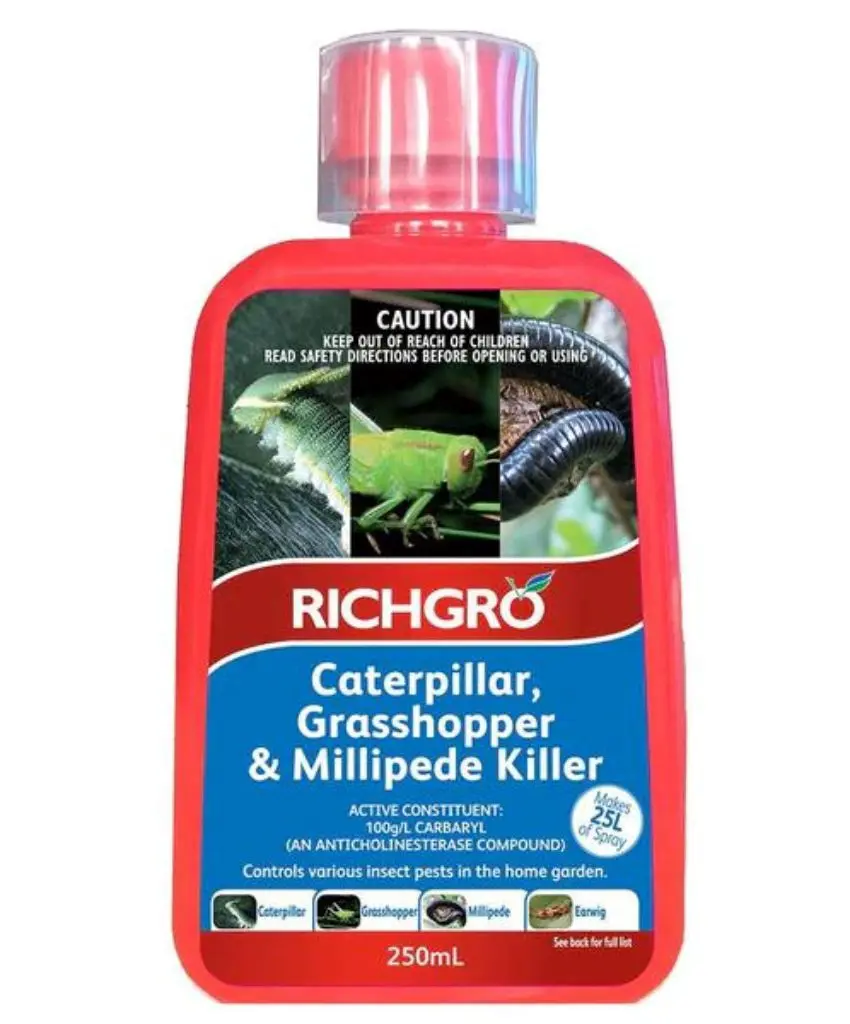
Insecticides are some of the methods that can be used to deal with millipedes infestations. Select an insecticide that is recommended for use against millipedes and always use it according to the instructions given by the manufacturer.
Spray it at the areas that common insects usually enter from such as doors, windows, and basement cracks surrounding your home. The category of spaces that are preferred by millipedes include the basement, the crawl space, or any other shaded region with humidity.
5. Diatomaceous Earth
It is important to note that Diatomaceous earth is a natural and non-toxic powder that can be used to control millipedes. To use DE, spread thin dust over suspected millipede territories like the base of walls, floor edges, gaps, and other potential access points.
It can also be applied around the compound of the home. When using DE, ensure to use food-grade DE since it is safe for both humans and animals. Reapply DE if it is washed with water or if it gets damp because DE is not effective when wet.
6. Vacuum Regularly
Using a vacuum cleaner to remove millipedes is one of the most common methods to avoid their infestation of your house. Using a vacuum cleaner with high suction power clean floors, carpets, and rugs carefully.
Be sure to clean the corners, the skirting boards, and any items that may provide shelter to millipedes. Since vacuuming is a method that not only eliminates millipedes but also their eggs, the question of future invasions does not arise.
7. Use Sticky Traps
This is one of the effective but nontoxic ways of managing millipedes. These traps are made of sticky surfaces through which millipedes put their feet on thus trapping them. Set sticky traps on the floor and around skirting boards, in corners, and in other areas where millipedes were previously seen.
The traps should be checked periodically and changed when they become full or lose their tacky nature. Sticky traps can also be used to determine the level of invasion by millipedes to identify areas that require more vigilance.
8. Natural Predators

One of the effective methods of avoiding a large infestation of these creatures in your garden, and around your house is using natural enemies of millipedes. Some natural enemies of millipedes are birds, frogs, toads, and ground beetles. To attract birds; install bird feeders, birdbaths, and nesting boxes around your compound.
Make the environment suitable for frogs by creating a small pond or some water source and proper shelters in the form of rocks, logs, or heavily laden vegetation cover. Ground beetles can be managed by providing a well-maintained garden that contains a variety of plants and not using insecticides.
9. Reduce Outdoor Lighting
Limiting the use of outside lights is another way of preventing the millipedes from invading your house. Millipedes are known to be active at night and they are light-loving insects. If you avoid leaving lights on outside your house, you can prevent any creatures from being attracted to them.
In case of illumination, use lights that come on only when there is motion and place the lights off the path of doors and windows. In this case, one might consider using yellow or amber-hued bulbs that are not as appealing to insects such as millipedes.
10. Move Compost Piles
Millipedes can also make compost piles their home as they contain decaying matter. To minimize the chances of millipedes moving from the compost pile to your home, ensure that you dump the compost pile at least 20 feet away from the house.
The compost piles should be turned over as often as possible to make the decomposition process faster and keep its moisture content low to discourage millipedes. A compost bin with a closeable lid should be used to try and limit the millipede's access to the compost pile.
11. Create A Dry Barrier
Putting up a dry zone around your house foundation will go a long way in discouraging millipedes from coming near your house, let alone entering it. Place a layer of gravel, dry mulch, or stones around the base of your house about 3 to 6 feet away from the walls.
This dry area will help to keep millipedes away since they are normally found in areas with high humidity. Make sure there are no organic materials on the barrier and clean it for any debris that may exist.
12. Proper Ventilation
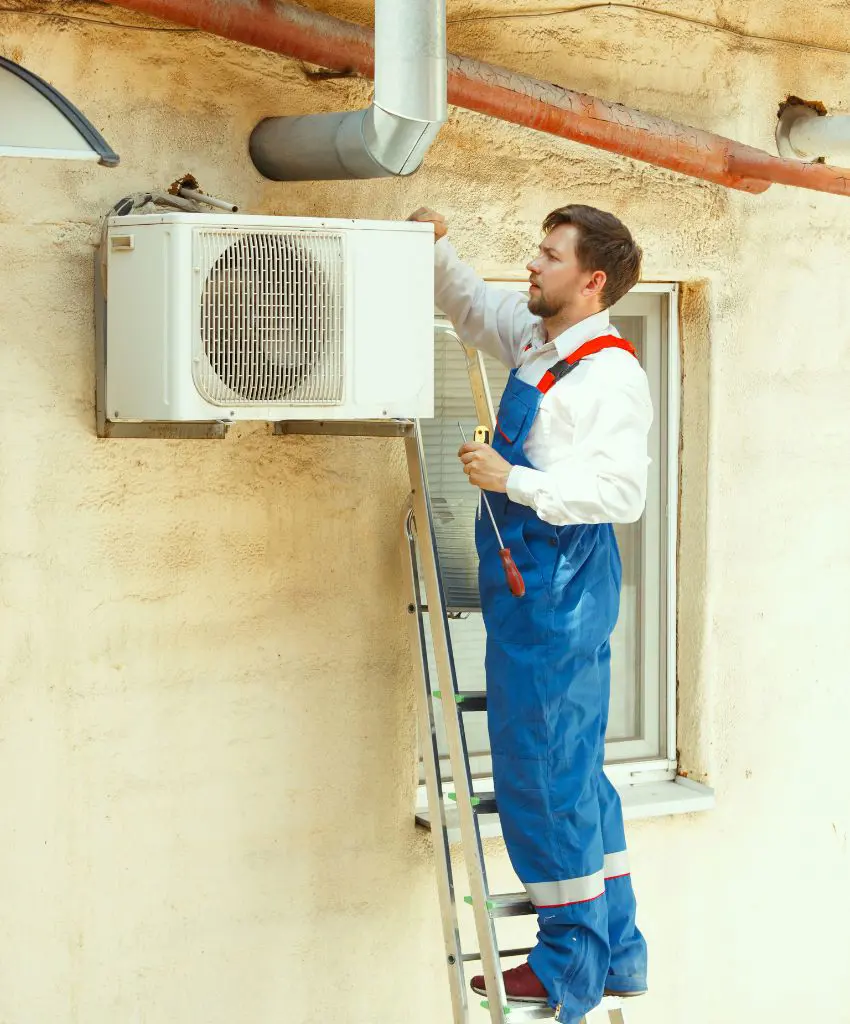
Proper ventilation of your home particularly the basement and crawl spaces can also be effective in discouraging the presence of millipedes due to lower humidity levels. Ensure that exhaust fans are installed in the bathroom, kitchen, and laundry areas so as to expel humid air.
When in basements or crawl spaces, use of fans or ventilation system to foster circulation and decrease dampness. You can open all windows and doors if the weather is favorable so that fresh air circulates within the house. In some cases, vents or extra air ducts may be desirable in certain areas where ventilation is especially inadequate.
13. Remove Indoor Plants
The presence of indoor plants allows for higher humidity levels within the premises, which is quite favorable for millipede infestation. If you find it, you should possibly move the house plants for a temporary period to avoid moisture buildup.
It is advisable to take the plants out of the house or move them to a room with a lot of fresh air until you deal with the millipede issue. If it is not feasible to remove plants, the soil should be well drained and water should not pool frequently.
14. Clean Gutters
Regular maintenance of gutters and removing any accumulation of dirt is crucial to avoid water pooling near the foundation of a house. Over time, gutters may get blocked and this results in water overflow creating a moist environment that favors millipedes.
Make it a routine to check and maintain your gutters, especially before the winter season when there are a number of fallen leaves. Check that downspouts are properly discharging water away from the foundation and possibly install gutter protection to lessen cleaning.
15. Use Essential Oils
There are natural repellents that can be used, including tea tree, peppermint, and eucalyptus oils which repel insects including millipedes. Prepare a water-based solution by adding 10-15 drops of an essential oil of choice in a spray bottle.
Mix well and spray the solution on areas that are prone to millipede activity including baseboards, corners, and entry points. This should be done after every few days or after washing the car to ensure that the solution is always on the car’s surface.
16. Remove Wood Piles

Wood piles, firewood, and other decaying wooden materials kept around the house can be home for millipedes. As a prevention measure, firewood should be kept at least twenty feet from the house and should not be placed directly on the ground.
Place a tarp over the woodpile to prevent it from getting wet and to also avoid attracting millipedes. Also, check on the woodpile frequently for millipedes and always ensure that it is free from any debris or organic material accumulation.
17. Use Boric Acid
It is recommended that boric acid be used as it is very effective in treating millipede infestations and is low in toxicity. Sprinkle some powdered boric acid where millipedes are usually observed, for instance at the edges of walls, gaps, and suspected entries.
The powder is abrasive and will erode the ‘skin’ of millipedes causing them dehydration and death. To be more specific, you should use a bulb duster or small brush to apply a thin coat of boric acid uniformly.
18. Install Door Sweeps
One must ensure that the door bottoms have door sweeps to ensure that millipedes are unable to access the house from the doors. Doors sweeps are strips of rubber or brush that fit beneath the doors to cover the spaces between doors and thresholds. This hinders the entry of millipedes and other pests that may try to sneak under the door.
It is also advisable to fix them in place based on the manufacturer’s instructions so that they can offer a tight fit. Inspect the door sweeps often and replace them if they become loose or worn. Using door sweeps will also help limit one of the ways in which millipedes can find their way into your home.
19. Professional Pest Control

If millipede infestation becomes more serious or long-lasting, it is advisable to seek the services of a professional pest control service. But the matter of fact is that pest control experts have the tools, knowledge, and rights to use stronger chemicals to fight millipedes.
They can also physically examine your home for signs of rodent entry, nesting, and other aspects that may have contributed to this. According to their conclusions, they will come up with a special program for eradication and avoid similar occurrences again.
20. Regular Inspection
The millipedes mostly hide in places like basements, crawl spaces, and any area with high humidity. Pay attention to signs of moisture issues such as leaks or condensation and resolve them as quickly as possible.
Regularly check areas such as gardens, mulch beds, and compost piles for signs of the millipede presence. It is crucial to be attentive and take care of possible threats so you do not have to deal with millipede infestations.
Millipedes Damage
Millipedes are primarily detritivores, feeding on decaying organic matter, and are generally harmless to humans. However, they can become a nuisance when they invade homes in large numbers, particularly during periods of heavy rain or drought.
Damage to Plants
Millipedes are primarily decomposers, feeding on decaying organic matter. However, they can cause damage to young plants, seedlings, and root vegetables when their population is high.
They chew on tender roots and stems, leading to stunted growth and, in severe cases, plant death. Gardeners often find millipedes in moist, rich soil, where they can be problematic for newly planted crops and ornamental plants.
Structural Damage
While millipedes do not cause structural damage in the way termites or carpenter ants do, their presence in large numbers can be a nuisance. They may invade homes, particularly during wet seasons, seeking shelter and moisture.
Though not harmful to structures, their presence can be unsettling and require pest control measures to manage infestations.
Millipedes Control
Garden Control Methods
To control millipedes in gardens, reduce moisture and remove decaying organic matter, such as leaf litter and mulch, where they thrive. Use raised beds and well-draining soil to deter them from attacking young plants and seedlings.
Birds and ground beetles can help keep millipede populations in check. Additionally, applying diatomaceous earth around plant bases can create a barrier that millipedes avoid.
Indoor Control Measures
To prevent millipedes from entering homes, seal cracks and gaps in foundations, windows, and doors. Reduce indoor humidity with dehumidifiers and fix leaks promptly. Remove clutter and store firewood away from the house.
Regularly vacuum and clean to eliminate hiding spots. If an infestation occurs, use insecticide sprays or consult pest control professionals for effective solutions.




